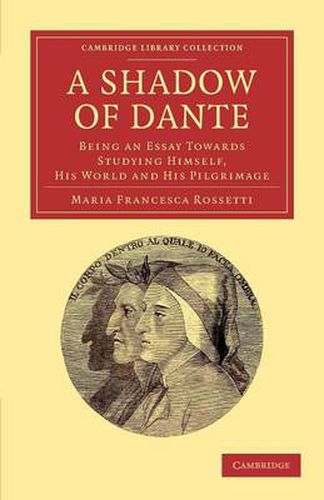Readings Newsletter
Become a Readings Member to make your shopping experience even easier.
Sign in or sign up for free!
You’re not far away from qualifying for FREE standard shipping within Australia
You’ve qualified for FREE standard shipping within Australia
The cart is loading…






‘Any acquaintance with a work so sublime must needs be better than none. A shadow may win the gaze of some who never looked upon the substance.’ In this scholarly introduction to the Divine Comedy, Maria Francesca Rossetti (1827-76) urges readers not to be put off by Dante’s difficult language and befuddling cosmology. Deploying prose summaries alongside translated extracts of the poem, she takes the reader on a tour through Dante’s world, from the first shadowy appearance of Virgil to the pilgrimage through Paradise. Rossetti also illuminates many aspects of the poem usually considered impenetrable by its English readership. Among them are the geography of the landscape, the connotations of the most significant Italian images, and the incorporation of the classical vision of Hell into the Christian version. Maps, textual annotations and thorough linguistic notes support her exegesis, which, though originally published in 1871, remains one of the finest available today.
$9.00 standard shipping within Australia
FREE standard shipping within Australia for orders over $100.00
Express & International shipping calculated at checkout
‘Any acquaintance with a work so sublime must needs be better than none. A shadow may win the gaze of some who never looked upon the substance.’ In this scholarly introduction to the Divine Comedy, Maria Francesca Rossetti (1827-76) urges readers not to be put off by Dante’s difficult language and befuddling cosmology. Deploying prose summaries alongside translated extracts of the poem, she takes the reader on a tour through Dante’s world, from the first shadowy appearance of Virgil to the pilgrimage through Paradise. Rossetti also illuminates many aspects of the poem usually considered impenetrable by its English readership. Among them are the geography of the landscape, the connotations of the most significant Italian images, and the incorporation of the classical vision of Hell into the Christian version. Maps, textual annotations and thorough linguistic notes support her exegesis, which, though originally published in 1871, remains one of the finest available today.